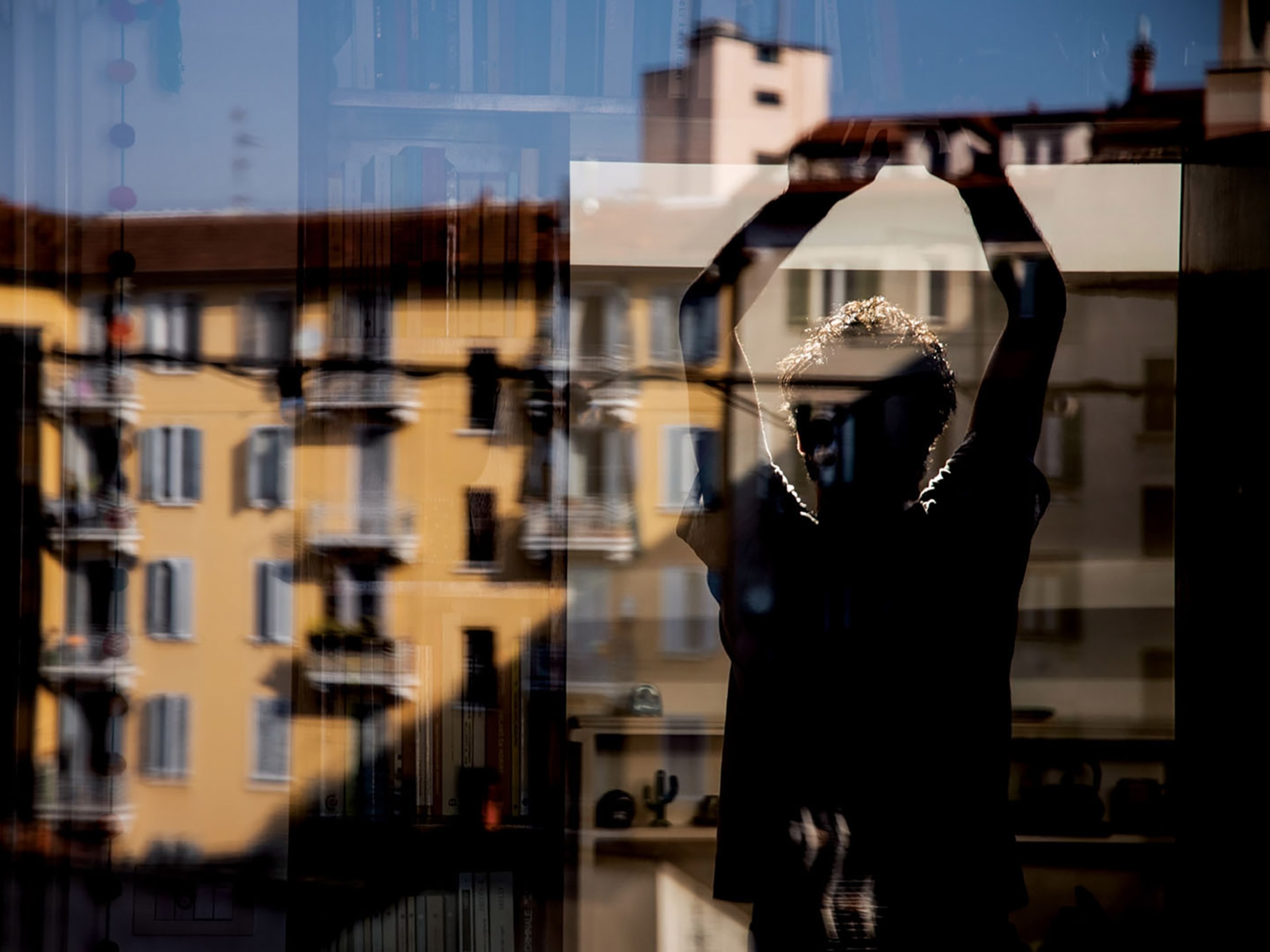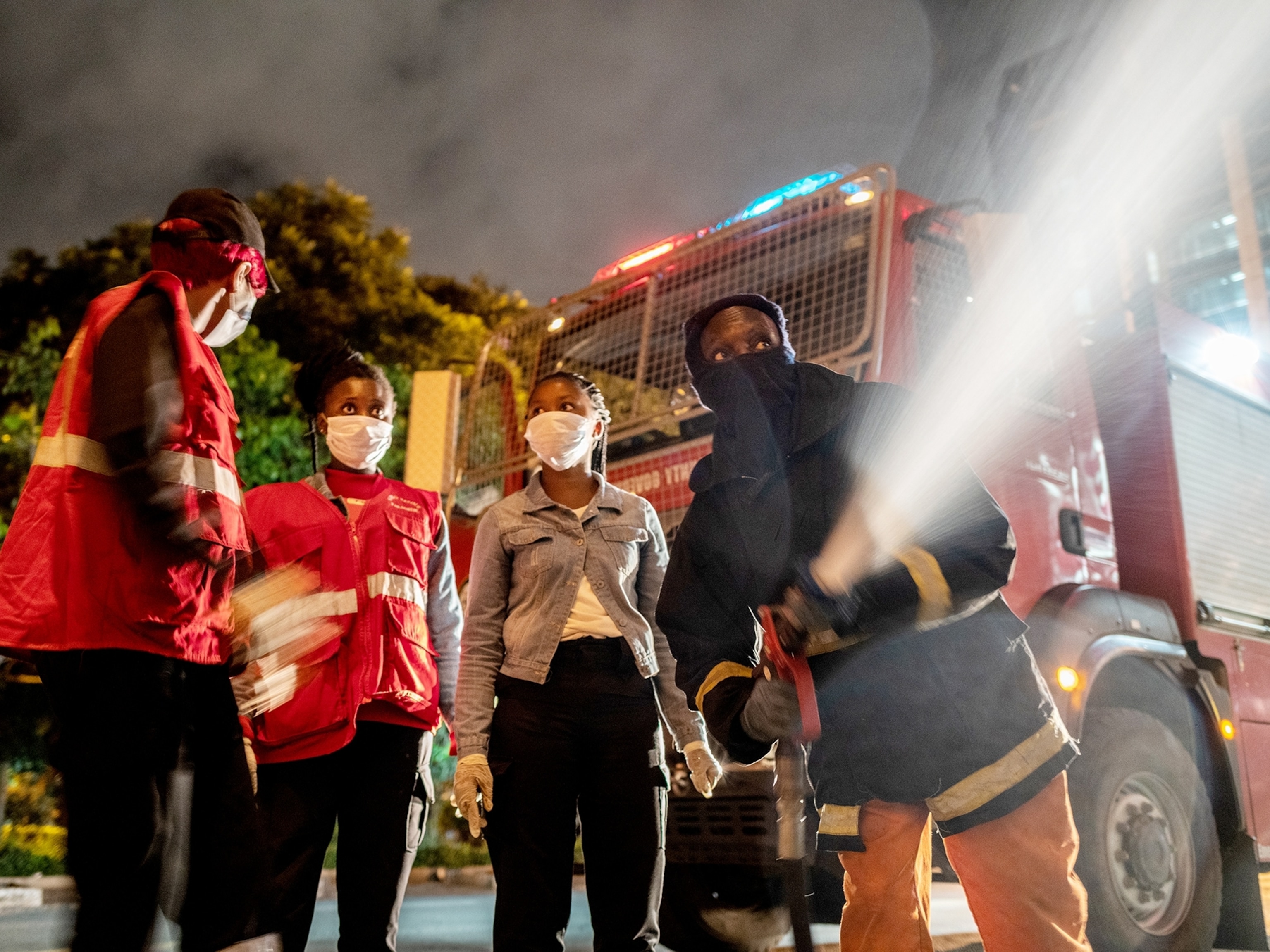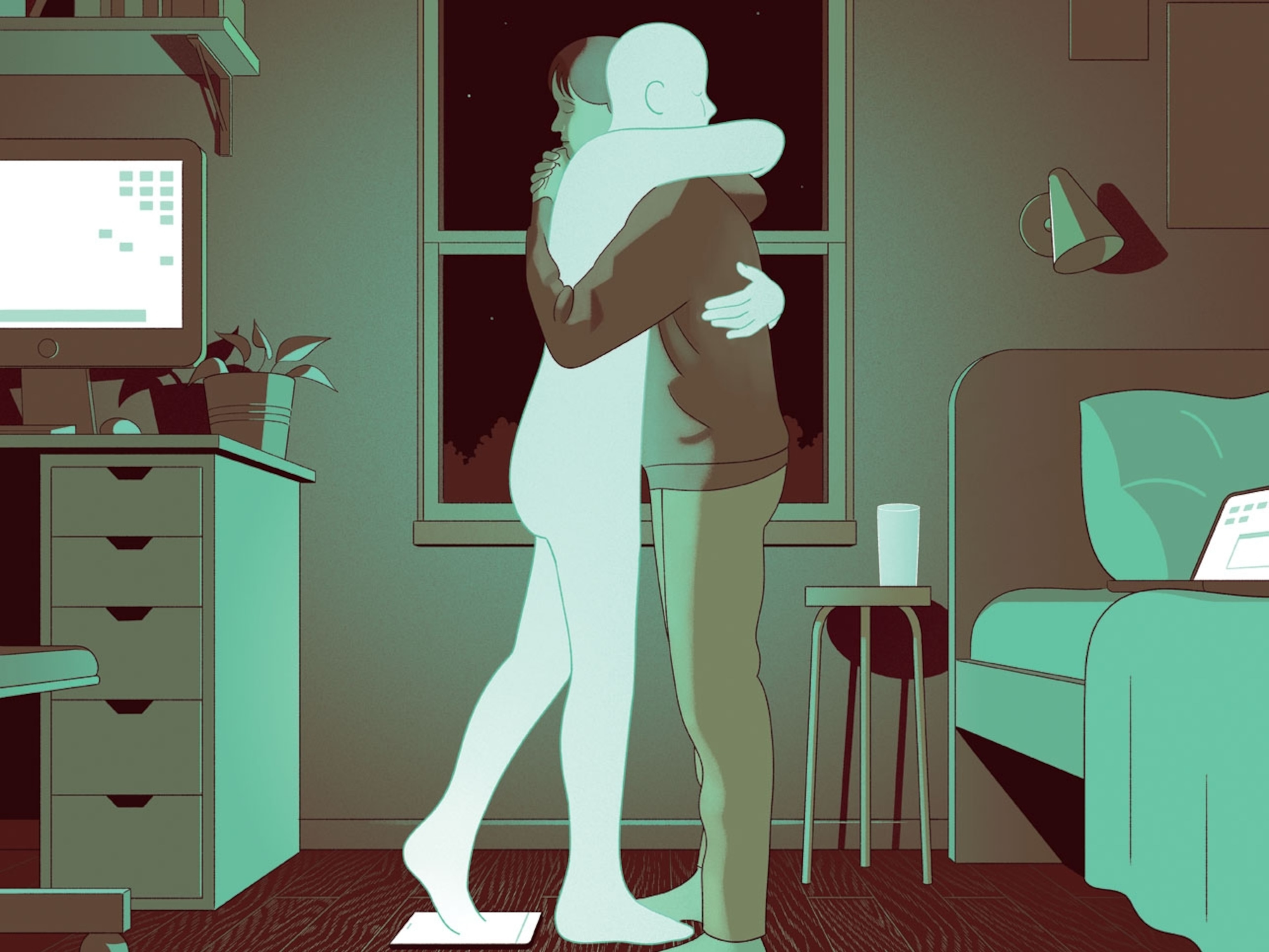Stephen Wilkes is a photographer, TED speaker, and creator of fine art. But at his core, he’s a New Yorker. Wilkes was born in the city, and most of his life has unfolded on its streets and avenues. This identity brought extra heartache in the spring when New York earned unenviable distinction as a global hot spot and the U.S. epicenter of the COVID-19 pandemic. The “city that never sleeps” finally did—for weeks, and then, for months.
As the city went on lockdown in late March, Wilkes asked for clearance to fly over the famously protected nerve center of American commerce and culture. Officials said yes, and Wilkes and his longtime friend, pilot Al Cerullo, took a helicopter high above the avenues and subway stops. They peered down at a tent hospital in Central Park and at the occasional rooftop sunbathers and dog-walking apartment dwellers.
But mostly they saw stillness: nothing, and no one, moving. Empty streets, empty tunnels, Bryant Park without its typical midtown lunch crowd, and an absence of office workers circulating around the Empire State Building. “New York is like a river, always running with energy and motion,” says Wilkes. “When you see New York empty, it doesn’t make any sense.”
The city will bounce back, as it has before. And when it does, Wilkes hopes it’ll be as vibrant as ever. People will likely be bursting with pent-up energy, he says. But just as it did after September 11, 2001, it will also be grieving.
As Wilkes flew over Times Square—which annually hosts more than 50 million visitors and one of the world’s largest New Year’s Eve parties—a screen flashed a message now universally embraced: “For those fighting for our lives, thank you.”









Go Further
Animals
- Soy, skim … spider. Are any of these technically milk?Soy, skim … spider. Are any of these technically milk?
- This pristine piece of the Amazon shows nature’s resilienceThis pristine piece of the Amazon shows nature’s resilience
- Octopuses have a lot of secrets. Can you guess 8 of them?
- Animals
- Feature
Octopuses have a lot of secrets. Can you guess 8 of them?
Environment
- This pristine piece of the Amazon shows nature’s resilienceThis pristine piece of the Amazon shows nature’s resilience
- Listen to 30 years of climate change transformed into haunting musicListen to 30 years of climate change transformed into haunting music
- This ancient society tried to stop El Niño—with child sacrificeThis ancient society tried to stop El Niño—with child sacrifice
- U.S. plans to clean its drinking water. What does that mean?U.S. plans to clean its drinking water. What does that mean?
History & Culture
- Gambling is everywhere now. When is that a problem?Gambling is everywhere now. When is that a problem?
- Beauty is pain—at least it was in 17th-century SpainBeauty is pain—at least it was in 17th-century Spain
- The real spies who inspired ‘The Ministry of Ungentlemanly Warfare’The real spies who inspired ‘The Ministry of Ungentlemanly Warfare’
- Heard of Zoroastrianism? The religion still has fervent followersHeard of Zoroastrianism? The religion still has fervent followers
- Strange clues in a Maya temple reveal a fiery political dramaStrange clues in a Maya temple reveal a fiery political drama
Science
- NASA has a plan to clean up space junk—but is going green enough?NASA has a plan to clean up space junk—but is going green enough?
- Soy, skim … spider. Are any of these technically milk?Soy, skim … spider. Are any of these technically milk?
- Can aspirin help protect against colorectal cancers?Can aspirin help protect against colorectal cancers?
- The unexpected health benefits of Ozempic and MounjaroThe unexpected health benefits of Ozempic and Mounjaro
- Do you have an inner monologue? Here’s what it reveals about you.Do you have an inner monologue? Here’s what it reveals about you.
Travel
- Follow in the footsteps of Robin Hood in Sherwood ForestFollow in the footsteps of Robin Hood in Sherwood Forest
- This chef is taking Indian cuisine in a bold new directionThis chef is taking Indian cuisine in a bold new direction
- On the path of Latin America's greatest wildlife migrationOn the path of Latin America's greatest wildlife migration
- Everything you need to know about Everglades National ParkEverything you need to know about Everglades National Park




